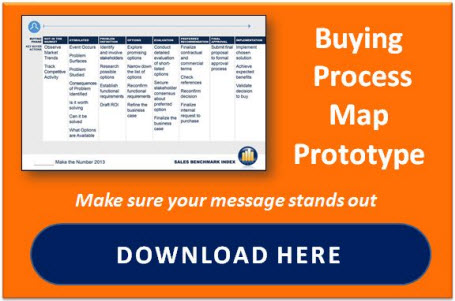Is Your Marketing message Just Noise?
Stop just making noise and find a Marketing company that can make your Digital Marketing Program sing by playing the right tunes.
Would you expect your receptionist to desk deals? Then Let you BDC Department do the things they should be doing and do the best -handle the leads get them to your lot and do the follow up.
Two years have passed since the SEC published its Customer Purchase Decision Timeline study. In 2011, 57% of the Buyer’s Journey was completed before first contact with a sales rep. Today, that number has increased to 65%. And the trend continues. In this ever-changing environment, how does a marketing leader keep pace with the Informed Buyer?
A byproduct of today’s buyer experience is information overload. Whether on their mobile device, PC or tablet, the Informed Buyer is subjected to an unrelenting torrent of noise. With so much coming at the buyer, how does a marketer stay relevant? How can you ensure your message stands out? Answer: Buying Process Maps.
What is a Buying Process Map (BPM)? A BPM is a tool that maps the decision making process used to purchase a product, service or solution.
What does a Buying Process Do? A BPM provides the marketing team a blueprint for effective demand generation and lead management.
What does it mean to use a Buying Process Map? Using a BPM means the buyer and marketing are aligned.
MAPPING THE DECISION MAKING PROCESS
The key to a successful marketing strategy is influencing the early stages of the Buyer’s Journey. In the B2B world, most buyers are at stasis. The status quo is familiar and comfortable. Successful marketers are able to “Stimulate” the buyer to consider other options. But this is just the beginning of their journey.
The journey is laden with questions. Before the “macro yes” to purchase your solution, there are many “micro yeses” along the way. Whether a buyer progresses or not depends on the micro yeses.
Mapping the decision making process provides insight into the buyer’s micro questions. It’s like having the answers to the test.
To map it right, you must conduct extensive buyer research. SBI advocates both customer and prospect surveys and interviews.
BLUEPRINT FOR EFFECTIVE LEAD GENERATION
Buyer Process Maps produce a blueprint for effective Lead Generation. Most marketers struggle with where to focus their efforts. Mapping the decision making process of your buyer informs where, when and how to build your campaigns. The buyer research also provides insight into your social media strategy. You now know where, when and why your buyers leverage social media to inform the purchase decision.
Another key benefit of the BPM is its relation to content creation. Marketers must stay relevant. Their message must be contextual and speak to the buyer’s needs, goals and objectives. Armed with a BPM, a marketing leader can audit their existing content: Does it align with the buyer? Will it help them answer the micro questions?
Lead nurturing and BPMs also go hand-in-hand. Once you have the buyer’s attention, you need to nurture them until they are sales-ready. With a BPM, marketing can deploy an effective lead nurturing process to engage and qualify the buyer.
BUYER & MARKETING ALIGNMENT
There is nothing worse than buyer misalignment. The average B2B buyer is inundated with irrelevant information. Armed with buyer research, world class marketers deliver the right message, to the right person, at the right time, via the right channel. Don’t add to the noise, be relevant.
CALL TO ACTION: Your buyer is getting smarter. Soon they will spend 75% of the Purchase Decision Timeline on their own. It’s the marketing leader’s job to influence the Informed Buyer in the early stages of the buyer’s journey. Here’s the challenge: everyone else is vying for the buyer’s attention. To stand out, your message must be relevant. It must speak to what the buyer is trying to solve for. To get it right, you must map the buyer’s journey. Invest now in Buyer Process Maps and outpace the competition.
© 2025 Created by DealerELITE.
Powered by
![]()

You need to be a member of DealerELITE.net to add comments!
Join DealerELITE.net